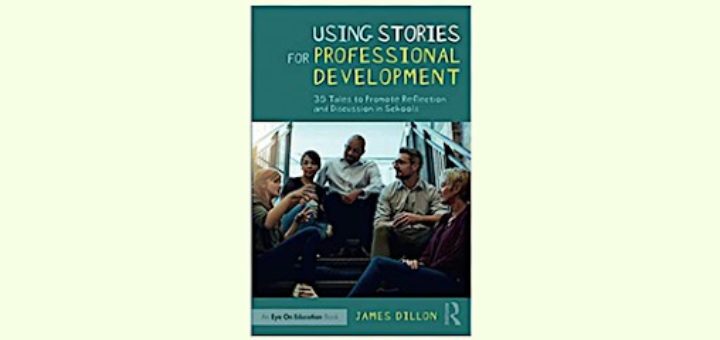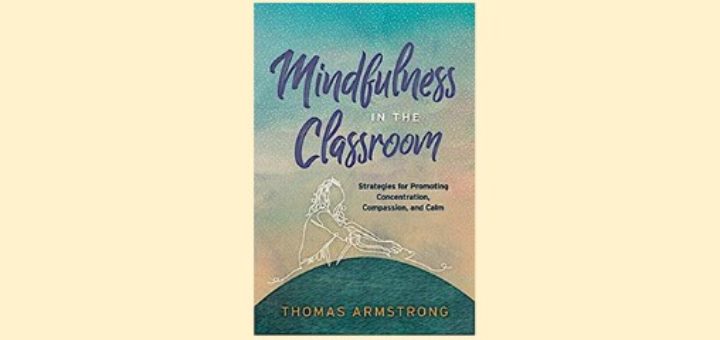A Vision of Schoolwide Technology Integration
Gilmore and Deos’s Integrating Technology targets teachers in its early chapters and IT leaders later on in its broad messaging. The authors present a useful theoretical model, says reviewer Jeny Randall, short on “how to” examples but long on vision for the future.




















